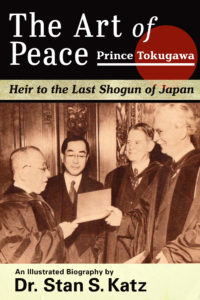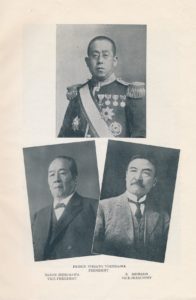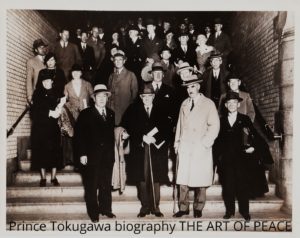
For centuries, the Shoguns ruled over a relatively isolated feudal society. Prince Iyesato Tokugawa aka Prince Tokugawa Iesato was to become the next shogun, but when that dynasty ended, he instead creatively guided an emerging Japan onto a modern, interconnected world stage.
Description of the book cover photo:

